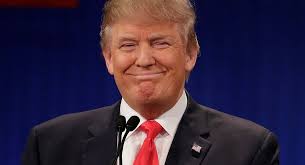The RBA has opted to leave the official cash rate on hold at 1.5%.
As lenders continue with their out of cycle rate increases, at its board meeting today the Reserve Bank of Australia decided to leave the official cash rate unchanged.
This follows new data released yesterday that indicates the strong Sydney and Melbourne property markets may be close to peaking following APRA's intervention into the levels of interest only and investment lending the banks are funding.
It also appears the Reserve Bank is waiting to gauge the impact of next Tuesday's federal budget on overall economic sentiment.










